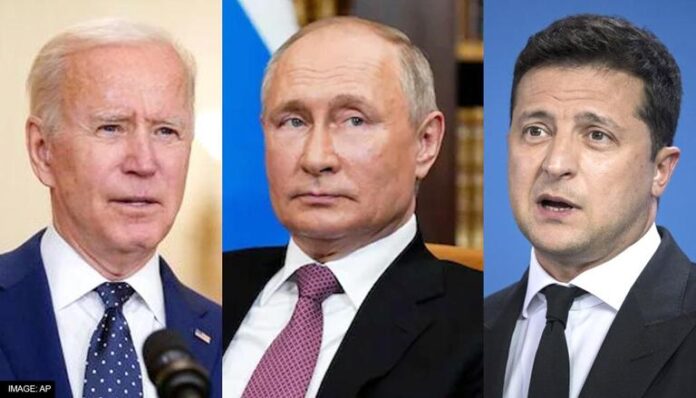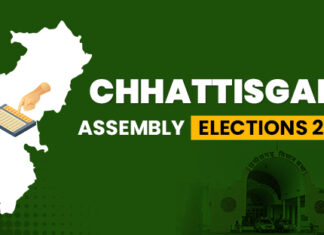From March 2021, thousands of Russian troops aligned themselves along the Russian border with Ukraine. Since then, Ukraine has become the epicentre of an international standoff. The United States has accused Russia of preparing for an invasion of Ukraine. Russia has expressed deep concern about Ukraine joining the American led North Atlantic Treaty Organization (NATO). American President Joseph Biden has promised Ukrainian President Volodymyr Zelenskyy that the United States will offer military protection to Ukraine against Russian invasion. This is a global concern. The conflict includes two of the worlds largest military alliance networks. Two parties to the conflict are the world’s largest nuclear powers.
Russia insists that the inclusion of Ukraine into NATO would pose a huge security risk. Russia’s largest European border is with Ukraine at over 2,000 km. NATO originated to counterbalance the Soviet Union. Since the dissolution of the Soviet Union, NATO has expanded closer to Russia. This was despite a promise by the United States not to expand after the fall of the USSR. The United States has had poor relationships with Russia, particularly the Syrian Civil War, where the United States and Russia supported conflicting sides in the war.
5. Ukraine’s Past with Russia
The nation of Ukraine traces back to the development of the Kievan Rus’ people around the end of the first millennium. Various Russian empires had held the territory at different times. After the Russian Revolution, a movement for Ukrainian self-determination led to the independence of Ukraine. After World War I, the Ukrainian state joined with the USSR to become the Ukrainian Soviet Socialist Republic and remained part of the USSR until its dissolution, when Ukraine became an independent country again.
Most former members of the USSR kept strong military and economic ties with Russia after the dissolution of the USSR. Ukraine remained more independent of Russia and forged closer ties with the European Powers.
From Afghanistan to Latin America: International Politics in 2021























